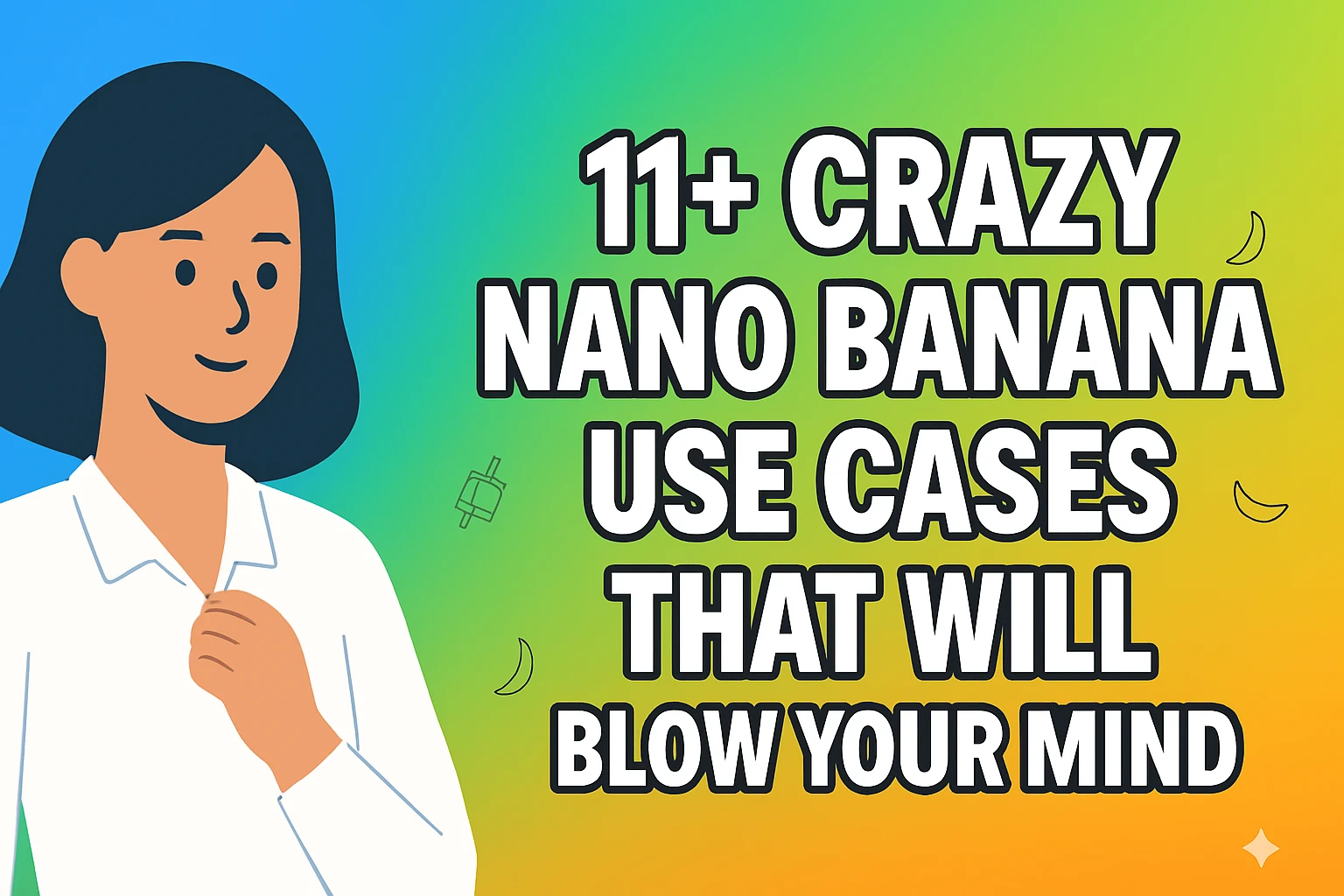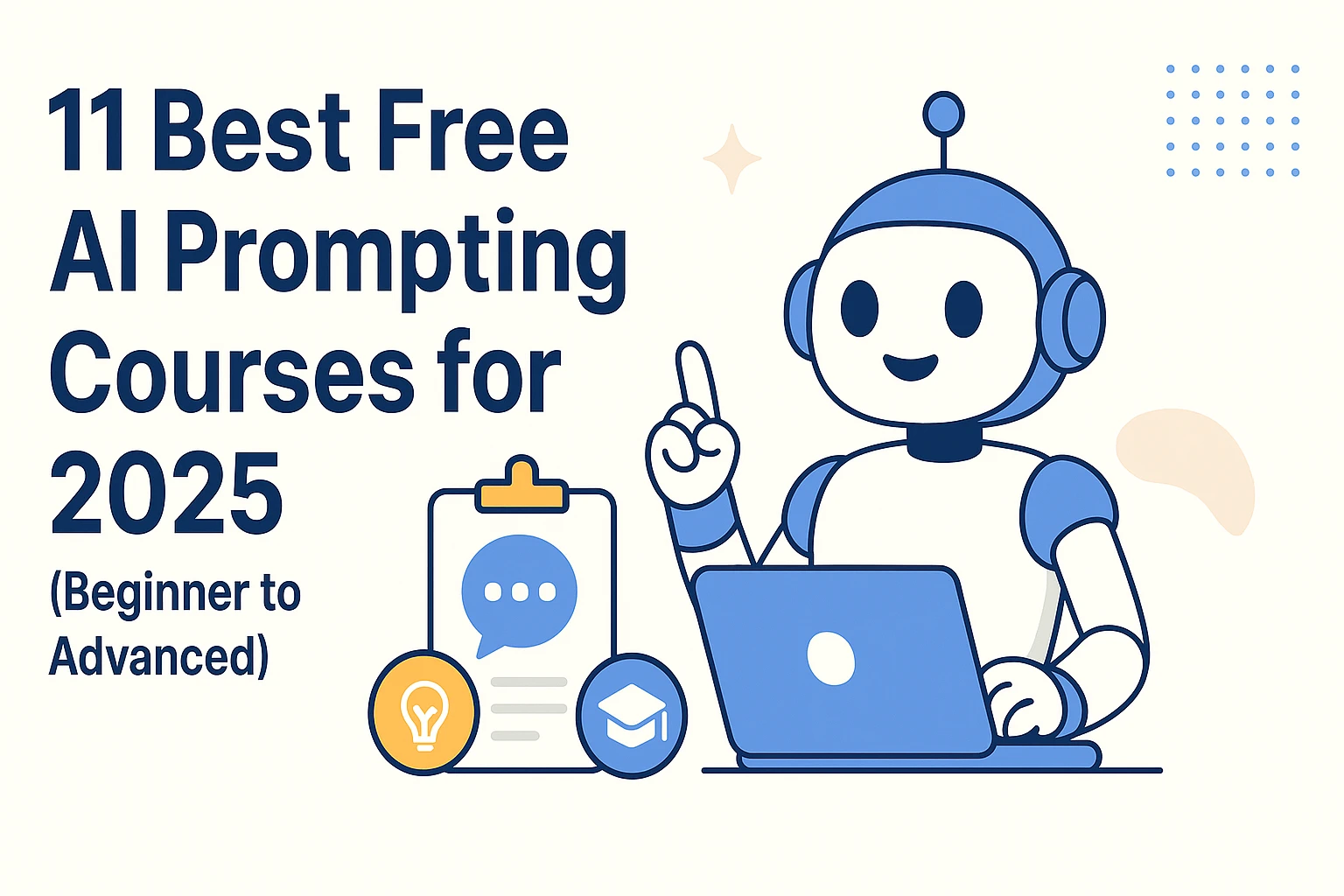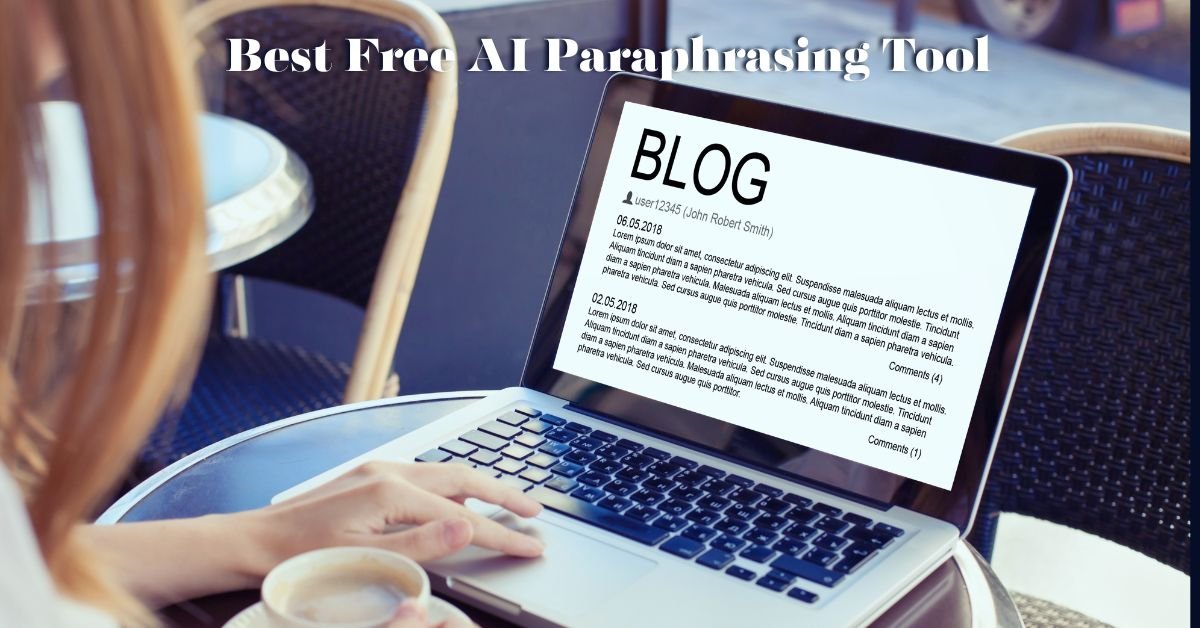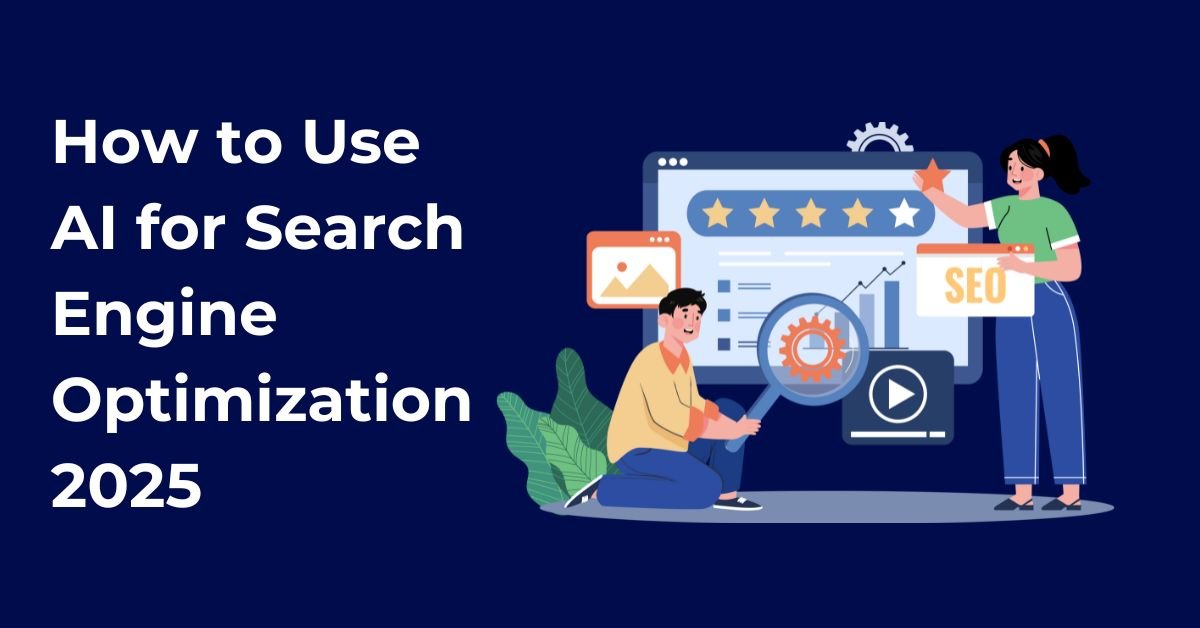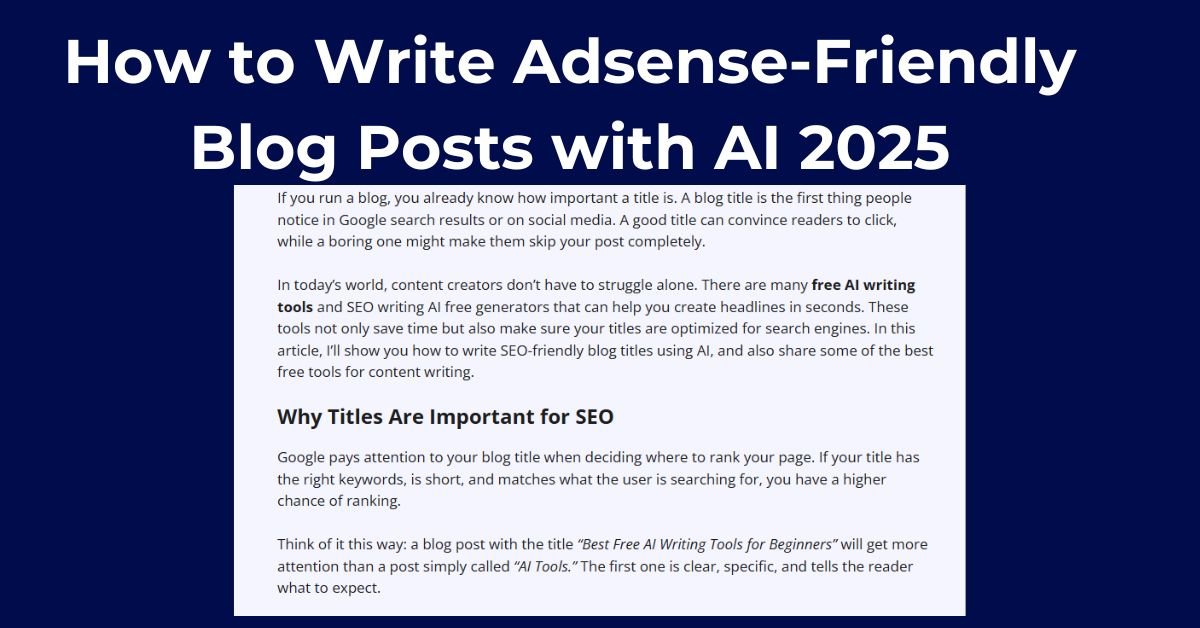AI image generators have been exploding over the last couple of years. From scrolling on social media to watching the news to changing the pages of a magazine, you have probably seen AI-generated images – and, often, without even knowing. They’re everywhere. Whether you’re looking to explore creating AI-generated art for fun or to add it to your business, the tools in this list can help.
I’ve been writing about AI image generators since Google Deep Dream in 2015 – when few outside of tech labs could even think about them. The amount that they have all grown is nothing short of amazing.
I don’t want to get into arguments about artistic merit and AI replacing humans. Instead, I’m going to write about what these tools do well: creating beautiful visuals from text and image prompts.
How AI Image Generators Work
These tools convert a text prompt into an image, as closely as possible. Your prompt can describe nearly anything, so the possibilities are enormous.
Traditionally, the only limitations are: your imagination, the AI app can correctly interpret your input, and there are content restrictions to avoid copyright infringement, plagiarism, and explicit content.
Most A.I. image generators work along these lines. They are trained on millions or even billions of image-text pairs that teach a neural network how to recognize patterns and objects. The AI generates images from prompts after being trained on a tremendous volume of training data, but you have to have some skill at crafting prompts.
What’s Essential in the Best AI Image Generator?
Images generated by AI have improved dramatically over the past few years. Results were abstract or blurry in early versions, but tools available today can produce photos, art, and images with stunning detail. The competition between models is fierce and drives quality and features upward.
I used strict criteria to lead me to the best AI image generator:
- They need to create images based on a text (or image) prompt.
- I’m referring specifically to AI models themselves, not third-party apps built on top.
- Ease of use, customization, pricing, and image quality were a few key factors.
So without further ado, let’s get into the best AI image generators.
Best 5 AI Image Generators For 2025
1. Midjourney
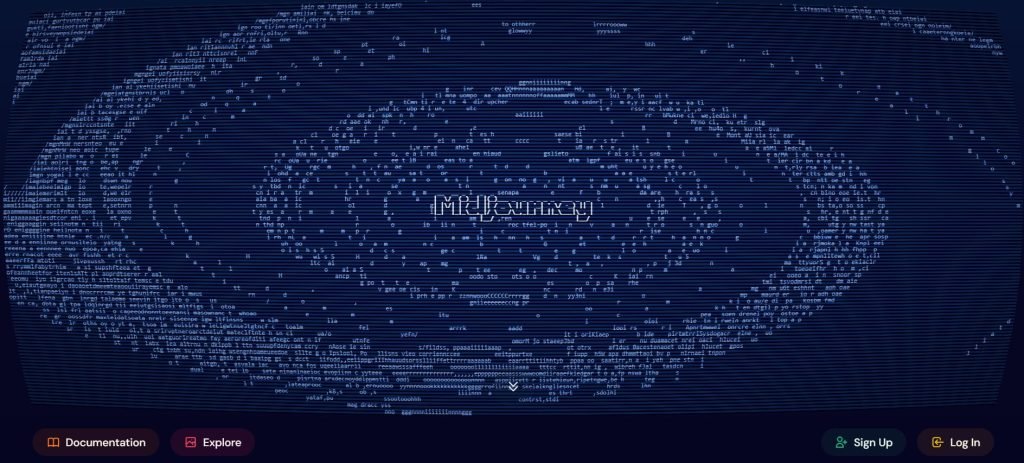
Midjourney generates some of the best AI-generated images bar none. Its visuals remain detailed, vibrant, and well-textured (though its competitors have long caught up). It was, in fact, the first AI tool to win an art competition.
There’s now a dedicated web app for Midjourney, a departure from its Discord-based past (though that option persists). Many of the advances — such as blending images — are specific to Discord, though the web app offers plenty of control over what it outputs.
One peculiarity: All generated images are public by default, which helps them go viral in the community, but could be a downside if you want to use this for business.
Pros:
- Generates high-fidelity, visually appealing images
- Community Support is Inspiring
Cons:
- Generated images are public by default unless you pay.
- No free trials available.
Pricing: From $10/month for ~200 images
2. DALL·E 3
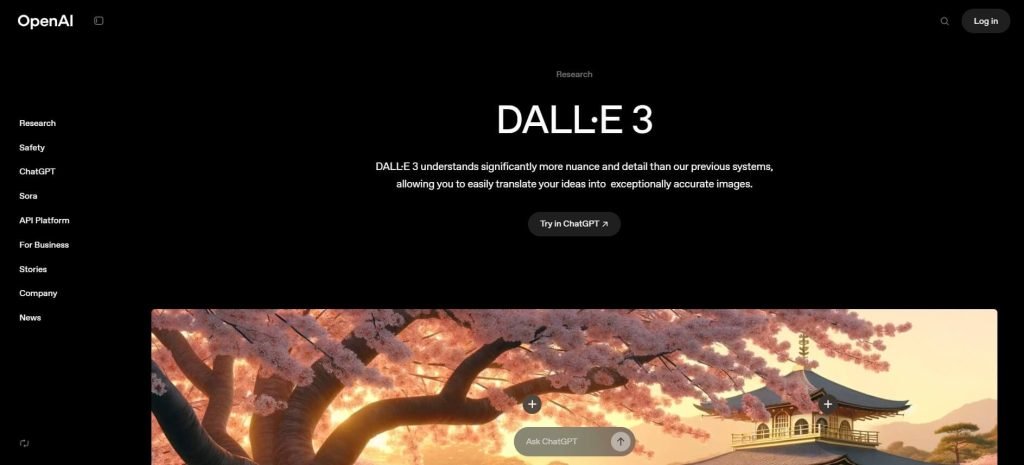
OpenAI’s DALL·E led the way in text-to-image generation, though it is now overshadowed by its language models. Available through ChatGPT Plus ($20/month), or through API services like NightCafe, it’s a powerhouse tool for generating AI Art without needing to know any programming.
DALL·E 3 allows users to edit images in two ways: by giving revision instructions to ChatGPT or by selecting particular areas for changes. Although the results can have impressive qualities, the tool sometimes misunderstands prompts.
Pros:
- Extremely user-friendly.
- Part of ChatGPT Plus, good value.
Cons:
- No Advanced Customization Controls
- Expensive if you don’t require ChatGPT’s other features.
Price: Included in ChatGPT Plus ($20 per month), free with Microsoft Copilot.
3. Adobe Firefly
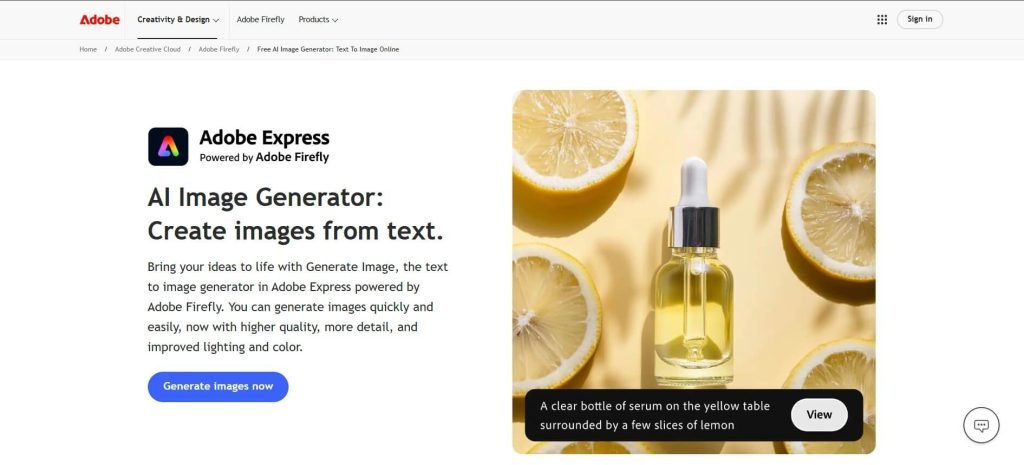
Adobe has been bringing AI into its tools for years, so Firefly is a potent contender — particularly in Photoshop. While you can try it online for free, its real power is in Photoshop integration.
Firefly will see text effects, recoloring of vector graphics, and adjustments based on the intelligence of images. Firefly revolutionizes image creation for designers with Generative Fill and Generative Expand that allow you to modify images into newly reimagined images seamlessly.
Pros:
- Great integration with Photoshop.
- Cool AI-powered features for editing.
Cons:
- Not as effective as a standalone text to image generator
Price: Free full credits; via subscriptions from $9.99/month.
4. Canva – AI Image Generator
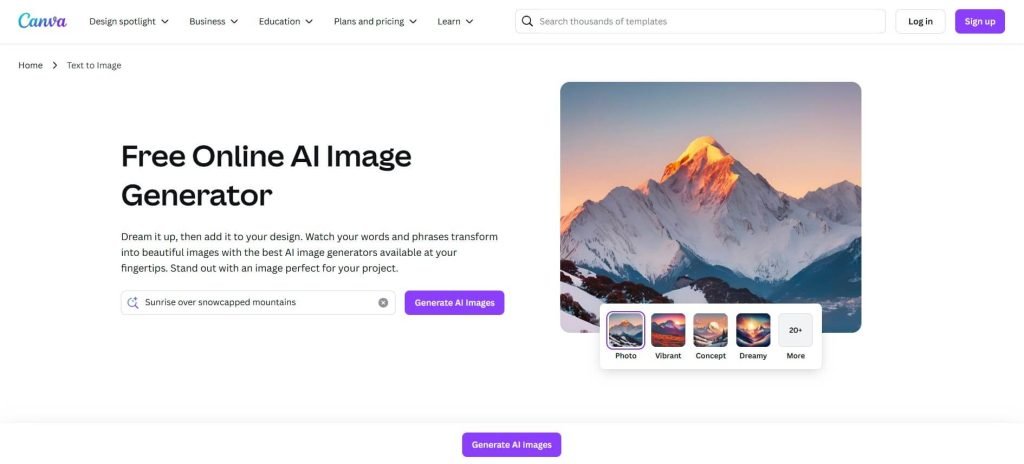
Canva’s artificial intelligence image generator is free and simple to use. Users can select from different styles and create images right in Canva’s design interface.
But even with slight issues (e.g. warped fingers), the quality is quite good. Perhaps for marketers and social media creators already using Canva, this is a useful tool.
Pros:
- Seamless integration with Canva’s design suite.
- Up to 50 AI credits available free of charge to use
Cons:
- AI-generated images sometimes have flaws.
Pricing: Free access to 50 credits
5. Stable Diffusion

Stable Diffusion is different because it is open source. Just like mid-journey you can download and run locally, fine-tune models on your specific use case, or have access through websites such as NightCafe and Civitai.
But Stability AI (the company that created it) has encountered financial and legal woes that could threaten its future. Nonetheless, Stable Diffusion is still quite popular for its flexibility and customizability.
Pros:
- Open-source and customizable.
- Many third-party AI platforms use it as well.
Cons:
- Stability AI is now a question mark.
- There is no “easy” way to use it.
Pricing: Different for each platform, but a lot of them offer free trials.
Legal & Ethical Considerations
AI imagery raises legal and ethical questions. Existing laws don’t provide a full framework for ownership rights, and there have been lawsuits against AI models for using copyrighted materials without the owner’s permission. For example, Getty Images and artists are suing Stability AI.
For casual use (social media posts, that sort of thing), the risks are negligible. Nevertheless, businesses need to be careful when using AI-written content to represent their brands.
Another issue is bias. AI models learn biases present in their training data, and can inadvertently generate stereotypical or problematic imagery. Some tools counteract this, but we need to remain aware as users.
The Future of AI Image Generation – Dreaming the Future
The field of AI image generation is changing quickly. All of this powered by tools such as Midjourney, Ideogram and FLUX. 1 will keep getting better, and doing even more exciting things. As these models improve, they will lead to breakthroughs in art, design, and content creation at large.
For now, AI image generators are impressively powerful — but they’re still just tools. The best results seem to come from users who play around, tweak prompts and know the strengths and limitations of each model.
Wrap-Up On Best AI Image Generators
Discover the Best AI Image Generators and Transform Your Digital Art. Today AI image generators have revolutionized digital art creating a great impact on artists, designers, and businesses. From Midjourney’s eye-popping visuals to DALL·E’s easygoing approach, and Adobe Firefly’s smooth integration into Photoshop, there’s an AI tool for every niche. Despite lingering legal and ethical implications, the technology progresses rapidly—AI-generated art has never been easier to access or more stunning.
Whether you’re interested in AI for creative projects or business pursuits, you’ll come across various tools through experimentation and will discover which works best for you. While the technology to generate images has evolved, the potential is obviously much more than just with images.
Frequently Asked Questions
Q1. Are pictures produced by artificial intelligence out of copyright?
Not necessarily. Also, AI-generated images may be trained on copyrighted data, which will lead to legal issues. Certain AI platforms give users full rights, while others place restrictions. [As with any AI-generated image, be sure to check the terms of use before incorporating it into for-profit material.
Q2. Best Free AI Image Generator Tools?
Canva’s AI Image Generator has 50 free credits and is ideal for casual users. Stable Diffusion is also a good option, particularly if you’re comfortable with open-source tools. Free tools may lack quality and customization options that paid versions do offer.
Q3. What do I need to generate better images from AI?
The magic happens in prompt engineering, creating detailed and specific prompts. Use other descriptions, styles, and features like inpainting or aspect ratio controls. Understanding how each AI tool understands prompts can help you get better and more optimized results.
Best 5 AI Image Generator: An Overview
| Tool Name | Features | Parent Company | Pricing |
| Midjourney | Generates high-fidelity, visually appealing images | Midjourney | From $10/month for ~200 images |
| DALL·E 3 | Extremely user-friendly and part of ChatGPT Plus | OpenAI | Included in ChatGPT Plus ($20 per month) |
| Adobe Firefly | Great integration with Photoshop | Adobe | Free credits with subscriptions from $9.99/month |
| Canva | Seamless integration with Canva’s design suite | Canva | Free access to 50 credits. Pro: $15/month |
| Stable Diffusion | Open-source and customizable | Stability AI | Custom Pricing |
Read More:


